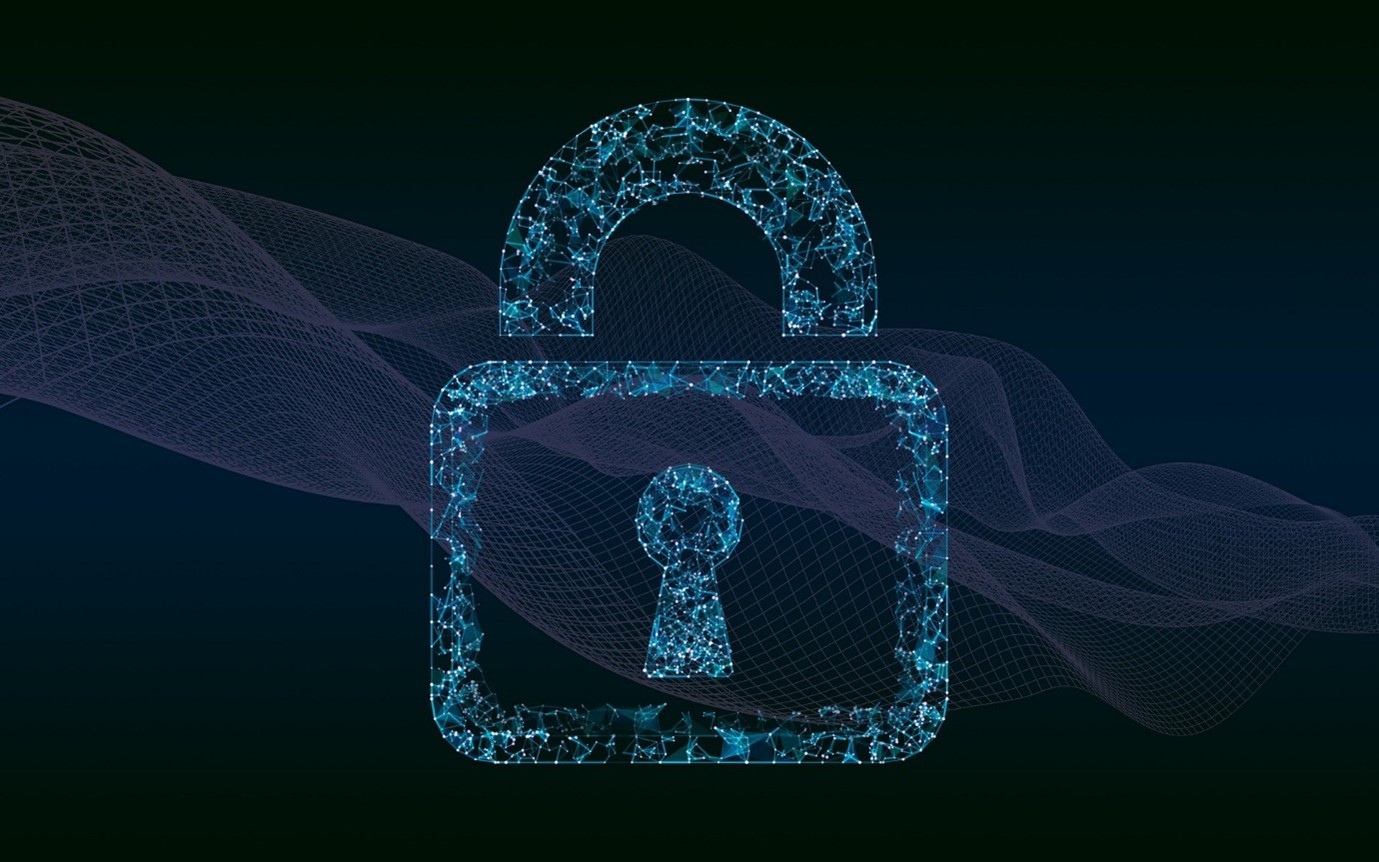08 May 2025
Digital Risk Protection (DRP) lets organizations proactively identify and mitigate external threats that emerge from their digital footprints. This can...
29 Apr 2025
Welcome to the Threat Context Monthly blog series where we provide a comprehensive roundup of the most relevant cybersecurity news...
17 Apr 2025
Several years ago, a security researcher discovered a vulnerability in Google Chrome that allowed fake domains to bypass the browser’s...
16 Apr 2025
The concept of responsible disclosure is a simple one. If you find a vulnerability, you let the affected organization or...
09 Apr 2025
Authentication is used by most web applications. Both for letting users have access to individual accounts, but also for protecting...



